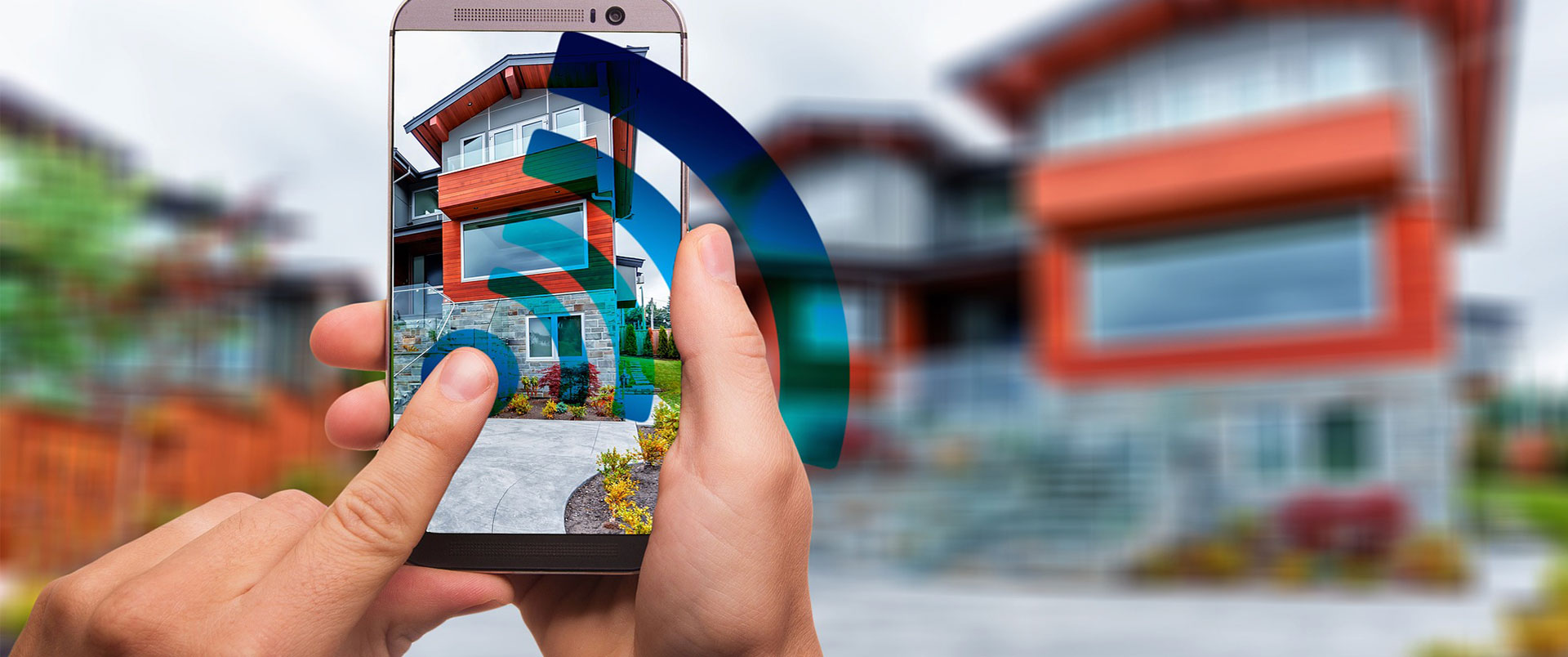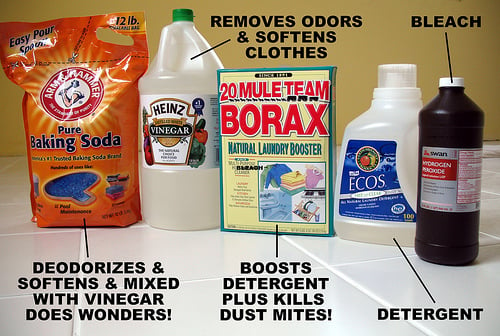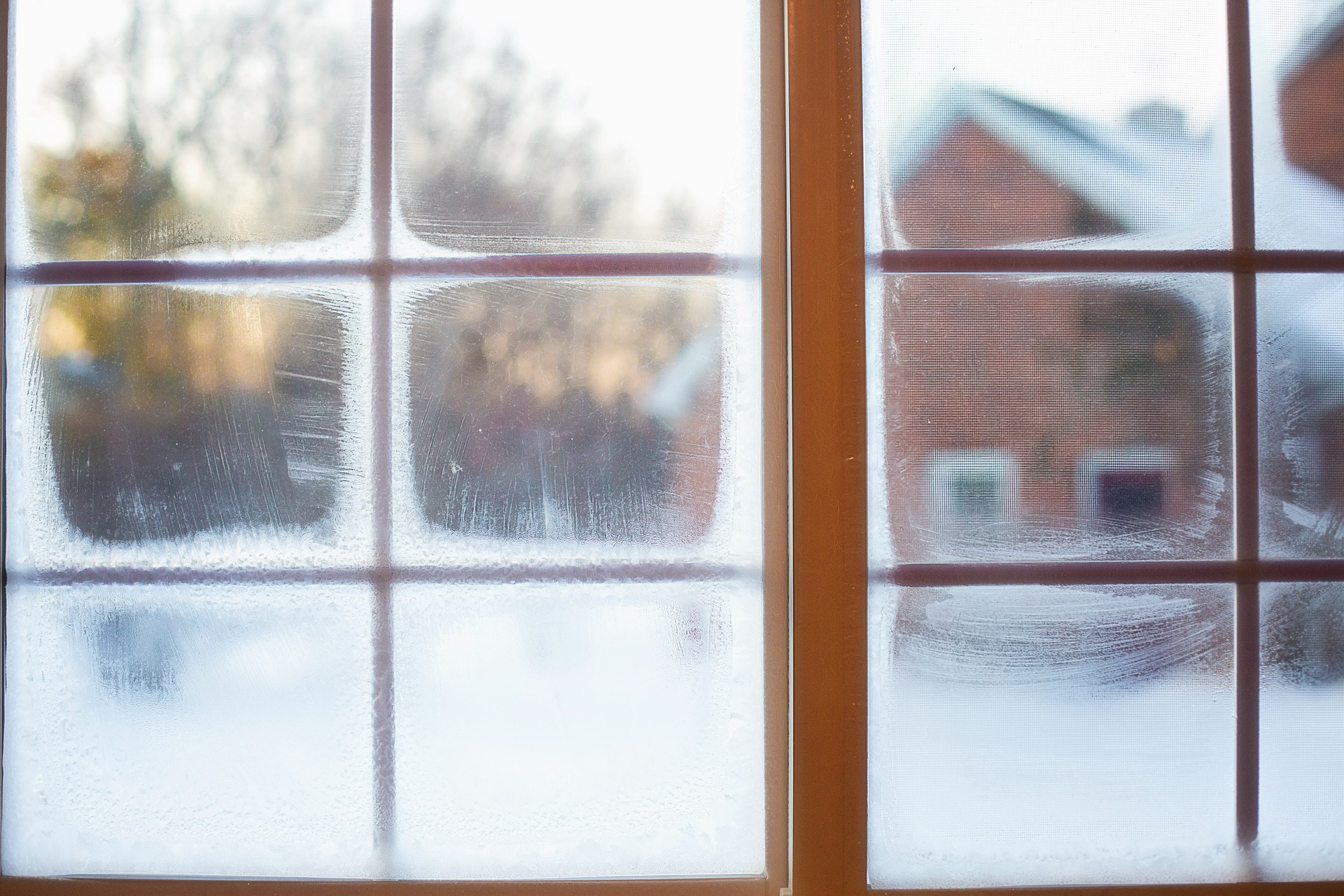Smart homes are more than just a trendy version of a science fiction fantasy. While some features are definitely more for show than function, there are plenty of practical ways to make a home safer and more useful for your family while also improving energy efficiency and saving money. Does a smart home sound too good to be true to you? Before you assume it's beyond your reach, think again. Designing a smart home system is as simple as identifying your family's specific needs, choosing a few smart home devices and accessories that work well together, and building from there as you discover new ways to integrate your life with technology.
The Main Components of a Smart Home
While you may be tempted to begin your smart home with something cool and flashy, consider starting at the front door. Some of the safest exterior doors Maryland homeowners can install integrate smart home technology that will notify residents and call for help when intruders strike. Keyless entry systems that pair up with home security equipment turn a simple front door into a complex safety center. Once you've chosen smart technology to integrate with your entry doors, pick a few more components from the list of following options:
- Lighting control technology so that you save energy without having to remember to flip switches
- Smart thermostats that track your energy usage within the home and adapt to your heating and cooling needs
- Media centers that integrate video, music, and multimedia enjoyment throughout the home and with minimal controls
- Smart plugs that switch off devices when you no longer need them or when they're done charging
- Wireless and easily controllable security cameras for both interior and exterior use
- Pet-related smart home products, including feeders, monitors, exclusive access doors, and more
- Robotic cleaning devices to reduce household chores
- Automated shades and other window covers for improved privacy and better light control
- Flood, radon, carbon monoxide, and smoke detector systems that integrate with your security system and personal devices
Determining Your Needs
Understanding your family's habits and preferences will help you choose just a few smart home products to start with. For example, an aging parent who stays at home alone while everyone else is at work or school would benefit from smart home accessories that improve communication and allow family members to view what's happening at home while they're away. Emergency alert and security equipment are also a good fit. For single homeowners that travel for business routinely, learning thermostats prevent unnecessary heating and cooling costs, and security equipment gives them peace of mind as they check up on the house from across the globe. Pet lovers will of course want at least one or two smart pet sensors and trackers, while robotic cleaning devices may also feature high on their list of preferences to help them stay on top of pet hair and messes. Try making a list of your needs before shopping for specific products so you aren't swayed by marketing claims.
Choosing the Right Smart Home Devices
Check reviews from unbiased third-party sources before investing in a specific device. Thanks to the growing popularity of the smart home concept, there are now multiple manufacturers in practically every niche of the industry. Choosing the right device can mean the difference between frustration and actually enjoying your new systems. Compatibility with other devices and apps is the most important single feature to look for when choosing specific devices and accessories. If a product only works with a few other items or its own brand of accessories, it is not quite as useful as a more adaptable device that links up to as many other brands and products as possible.
Connecting to Your Central Smart Home App
Once you've assembled a collection of smart home devices that are all compatible, it's time to use a single central app to control as many of them as possible. Some manufacturers offer centralized apps, but many of them use third-party software to support dozens of different devices in a single place. Central smart home apps are much more convenient because you don't need to open half a dozen different programs just to start your day or check on your home. The app should also have options for setting push notifications so you immediately know if any security features are activated or any smart alarms go off.
Building a smart home that fits your budget and meets your needs can seem overwhelming. Get some help with the process of selecting and installing a smart locking system for your exterior door, complete with keyless entry options and advanced features like fingerprint scanners. At Exterior Medics, we offer beautiful entry doors that pair nicely with the most cutting-edge smart home technology.











Comments